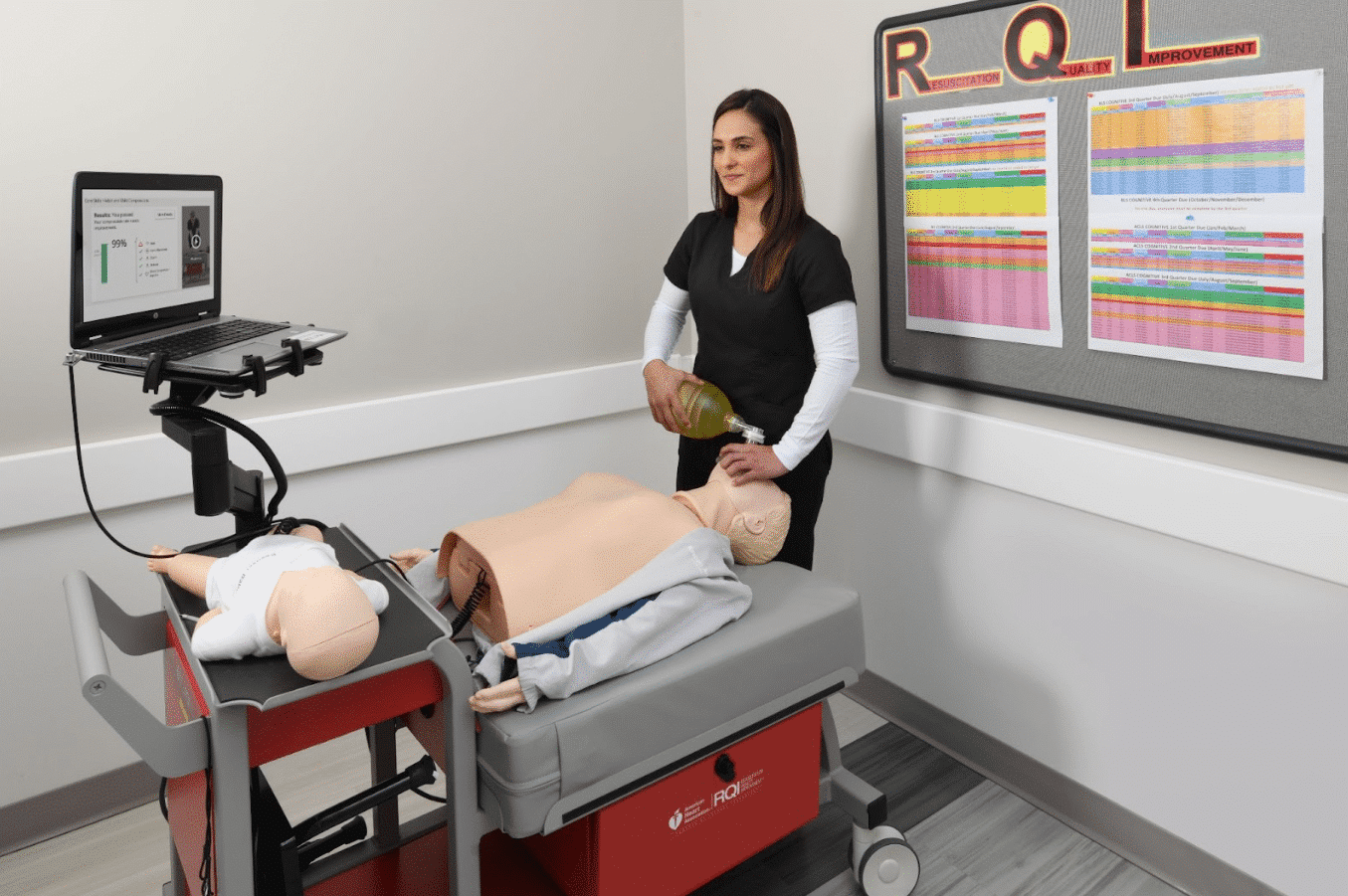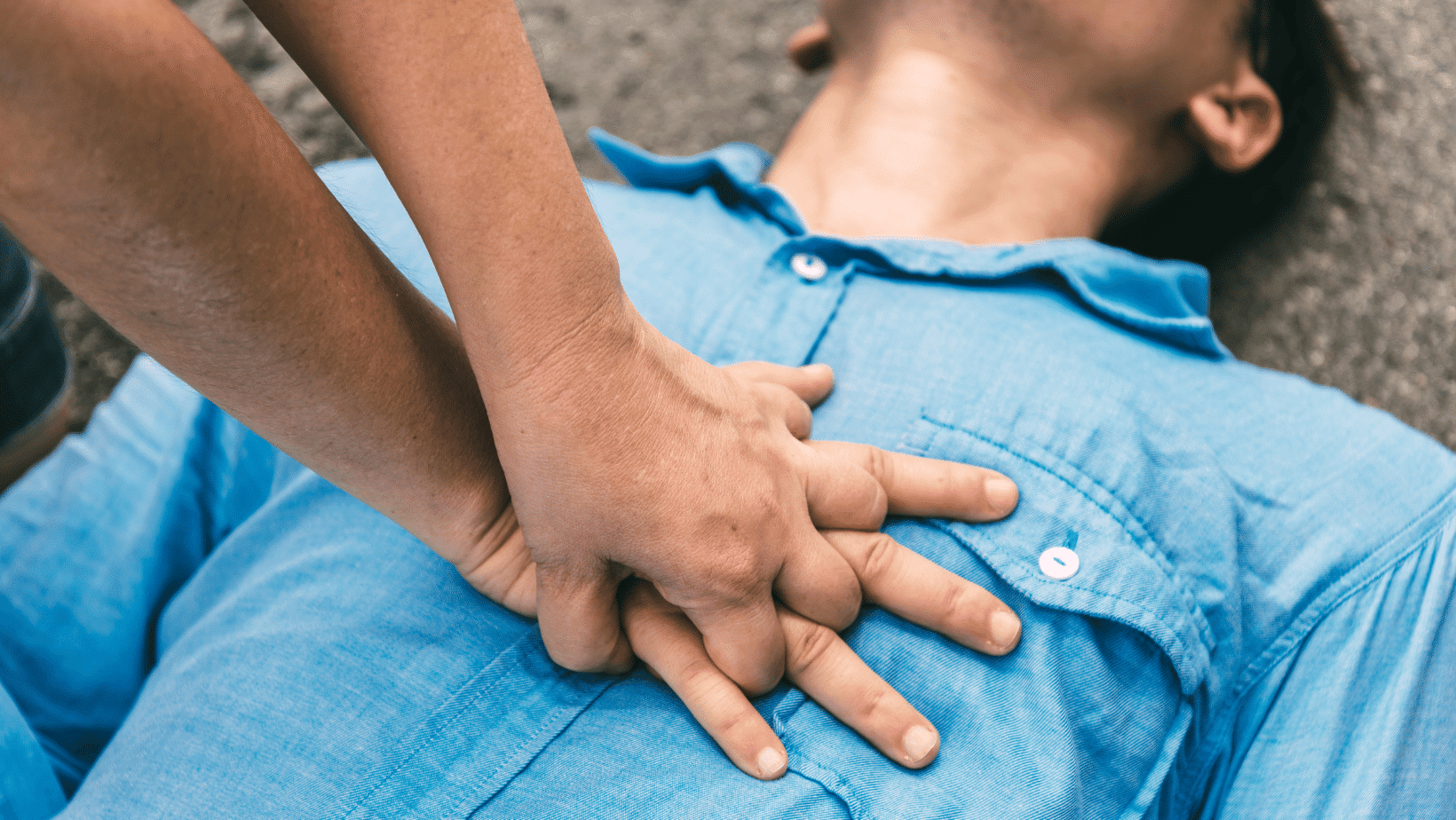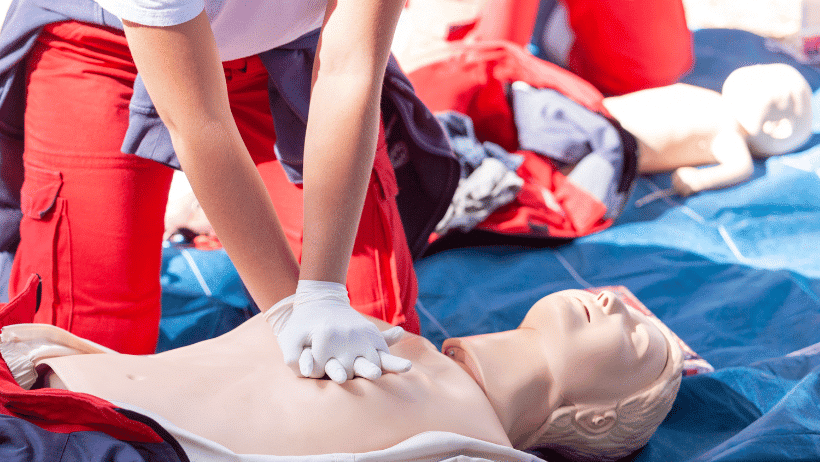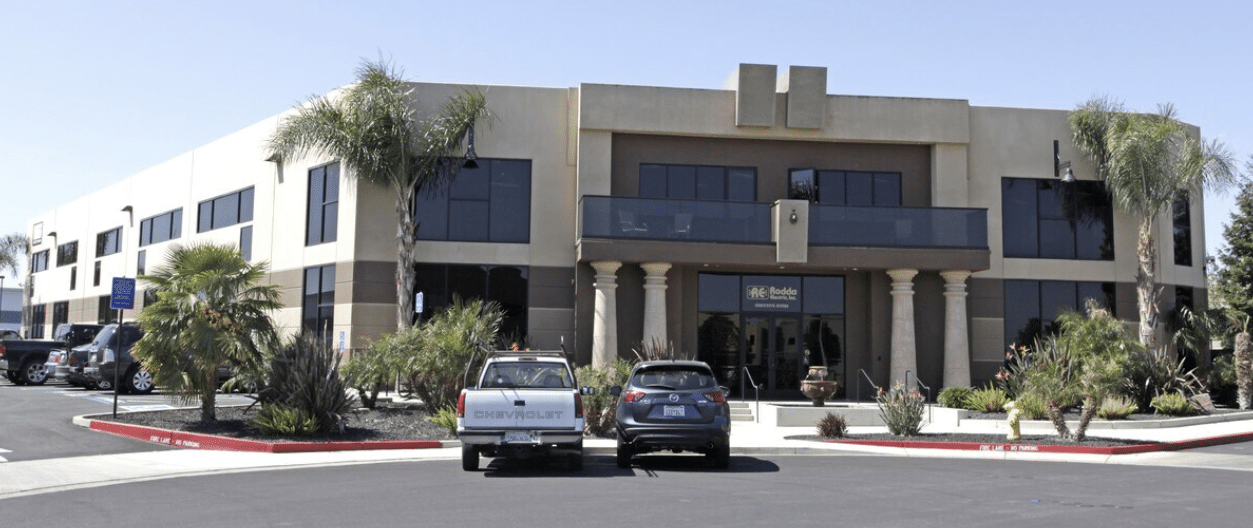
American Heart Association Course Registration
Safety Training Seminars offers American Heart Association CPR, BLS, ACLS, and PALS courses in Brentwood, CA. This office is close by the surrounding cities of Antioch and Concord. If you live in Brentwood, you can take a BLS, ACLS, or PALS course near you. We can teach CPR & First-aid classes at your location any day of the week. Ask us about our group discounts.
What is American Heart Association RQI
The American Heart Association RQI (Resuscitation Quality Improvement) program is one of the most popular, modern, and efficient ways for medical and healthcare professionals to receive their official American Heart Association BLS, ACLS, and PALS certification cards.
Three Easy Steps
1. Take the American Heart Association online course at home (a few hours).
2. Arrive to one of our 45 local offices and practice with the VAM (voice assisted manikin).
3. Receive your certification card on the day of the class.

About American Heart Association RQI
Entry Instructions for Brentwood CPR Classroom
Discovering the Allure of Brentwood, California: Where Suburban Charm Meets Natural Beauty
Nestled in the eastern region of the San Francisco Bay Area, Brentwood, California, stands as a testament to the harmonious blend of small-town charm and natural splendor. With its picturesque landscapes, agricultural heritage, and tight-knit community, Brentwood offers a tranquil oasis for those seeking a respite from urban life while enjoying the modern amenities and opportunities the area has to offer.
Agricultural Heartbeat: Brentwood’s roots are deeply intertwined with its agricultural history. The region’s fertile soil and Mediterranean climate have made it an ideal locale for farming, particularly in producing a variety of fruits, including cherries, peaches, and apricots. In the warmer months, the local farmers’ markets burst with an array of freshly harvested produce, providing residents and visitors with a chance to savor the flavors of the land. The annual Brentwood CornFest celebrates this rich agricultural heritage, offering a fun-filled event complete with live music, carnival rides, and, of course, delectable corn on the cob.
Natural Splendor: The allure of Brentwood extends beyond its farmlands. The city is surrounded by stunning natural beauty, making it a haven for outdoor enthusiasts. The nearby Mount Diablo State Park offers a playground for hikers, cyclists, and nature lovers, with its expansive trails leading to breathtaking vistas that stretch as far as the eye can see. For those seeking water-based adventures, the nearby Delta waterways provide opportunities for boating, fishing, and bird-watching, adding to the region’s diverse outdoor recreational offerings.
A Community of Connection: Brentwood exudes a strong sense of community that is often associated with smaller towns. Its friendly neighborhoods and community events foster a close-knit environment where residents forge meaningful connections. The city’s annual Art, Wine, and Jazz Festival serves as a prime example, where locals and visitors gather to enjoy live music, exquisite art, and a showcase of local wineries – all against the backdrop of a warm and inviting atmosphere.
Education and Enrichment: Brentwood’s commitment to education is reflected in its schools, which provide a nurturing environment for young minds to thrive. The community’s dedication to learning extends beyond the classroom, as libraries and cultural centers offer opportunities for enrichment and exploration. The Brentwood Library, for instance, serves as a hub for intellectual growth, hosting various programs, workshops, and events that cater to all ages.
Redefining Suburban Living: While Brentwood exudes a charming small-town ambiance, it is by no means lacking in modern amenities. The city’s vibrant downtown district is a testament to its evolution, offering a diverse range of dining, shopping, and entertainment options. The Streets of Brentwood, a bustling lifestyle center, combines retail therapy with leisure activities, showcasing the city’s ability to harmoniously marry the traditional with the contemporary.
Preserving the Past, Embracing the Future: Brentwood’s commitment to preserving its heritage while embracing progress is evident in its architecture and development. While new neighborhoods and amenities are introduced, the city remains dedicated to maintaining its historical sites and architectural integrity. The Brentwood Historic Society and Preservation Committee work diligently to ensure that the city’s rich history is upheld and celebrated.
In conclusion, Brentwood, California, is a charming enclave that captivates residents and visitors with its blend of agricultural heritage, natural beauty, and tight-knit community spirit. Whether it’s exploring the bountiful farmers’ markets, embarking on outdoor adventures, or immersing oneself in the city’s cultural events, Brentwood offers a serene and welcoming environment that beautifully encapsulates the essence of suburban living in the Bay Area. It’s a place where the past is revered, the present is embraced, and the future is eagerly anticipated, making it a truly remarkable destination for those seeking a slice of tranquil paradise just beyond the bustling cityscapes.
Life-Saving Skills: Exploring CPR, BLS, ACLS, and PALS Classes
In the realm of emergency medical care, few skills are as crucial as Cardio-Pulmonary Resuscitation (CPR) and Advanced Cardiac Life Support (ACLS), Basic Life Support (BLS), and Pediatric Advanced Life Support (PALS) techniques. These life-saving techniques form the backbone of first response and medical intervention, often making the difference between life and death in critical situations. Let’s delve into the significance of each of these classes and their role in maintaining public health and safety.
Cardio-Pulmonary Resuscitation (CPR): CPR is a fundamental life-saving technique that can be administered by trained individuals to sustain blood circulation and provide artificial respiration when a person’s heart has stopped beating. CPR involves a combination of chest compressions and rescue breaths, aimed at keeping oxygenated blood flowing to vital organs until professional medical help arrives. CPR classes provide participants with the skills to recognize cardiac arrest, perform effective chest compressions, and deliver rescue breaths. These classes are vital for both medical professionals and laypersons, empowering them to respond swiftly and effectively in emergencies.
Basic Life Support (BLS): BLS takes CPR skills to the next level by incorporating additional techniques and equipment usage. BLS classes are designed for healthcare providers, including doctors, nurses, paramedics, and emergency medical technicians (EMTs). Participants learn how to assess a patient’s condition, deliver high-quality CPR, and use automated external defibrillators (AEDs) to restore a regular heartbeat. BLS training emphasizes teamwork, effective communication, and quick decision-making to optimize patient outcomes during cardiac emergencies.
Advanced Cardiac Life Support (ACLS): ACLS is an advanced course tailored for healthcare professionals who are involved in the management of cardiac arrest and other cardiovascular emergencies. ACLS builds upon the foundation of BLS and focuses on identifying and treating potentially life-threatening conditions such as stroke, myocardial infarction, and arrhythmias. Participants learn to interpret electrocardiograms (ECGs), administer medications, and perform advanced airway management. ACLS classes equip medical personnel with the skills to respond confidently to complex cardiac scenarios, ensuring comprehensive care for critically ill patients.
Pediatric Advanced Life Support (PALS): PALS training is geared towards healthcare providers who care for infants and children during emergencies. Pediatric patients have unique physiological needs, making PALS classes essential for those working in pediatrics, emergency medicine, and intensive care. PALS courses cover topics such as pediatric assessment, effective respiratory support, and the management of pediatric cardiac arrest. Participants gain the knowledge and skills necessary to provide specialized care and interventions that can make a critical difference in the outcomes of pediatric emergencies.
NRP, or Neonatal Resuscitation Program, is a critical medical initiative that focuses on saving newborns who struggle to breathe at birth. This specialized training equips healthcare providers with the skills to assess and manage respiratory distress in infants. NRP emphasizes a systematic approach, teaching effective ventilation techniques and chest compressions if needed. Regularly updated guidelines ensure that participants stay current with the best practices in neonatal care. By enhancing healthcare professionals’ abilities to respond swiftly and effectively to newborn respiratory challenges, NRP plays a vital role in improving infant survival rates and ensuring a healthier start to life.
First-aid classes offer indispensable life skills that empower individuals to respond confidently in emergencies. These structured courses cover a spectrum of situations, from minor injuries to critical incidents, teaching participants how to provide immediate care before professional help arrives. Participants learn to administer CPR, treat wounds, manage choking, and address common health crises. Hands-on training fosters essential skills and boosts confidence, enabling swift and effective action in times of need. First-aid classes are invaluable for workplaces, homes, and communities, creating a network of capable first responders. Mastering these skills not only saves lives but also fosters a safer and more prepared society.
Incorporating these life-saving techniques into healthcare systems, workplaces, and communities can significantly enhance the response to medical emergencies. Quick and effective interventions provided by individuals trained in CPR, BLS, ACLS, and PALS can stabilize patients and improve their chances of survival before professional medical assistance arrives. Moreover, these classes promote a culture of preparedness, empowering individuals to step forward and take action when faced with emergency situations.
In conclusion, American Heart Association CPR, BLS, ACLS, and PALS classes play an indispensable role in equipping individuals with the skills and knowledge needed to respond effectively to various medical emergencies. These courses bridge the gap between bystander assistance and professional medical care, ultimately contributing to improved patient outcomes and increased survival rates. By investing in these life-saving classes, individuals and healthcare professionals alike become vital links in the chain of survival, ensuring that timely and appropriate care is delivered when it matters most.
Our Blog

Psychological Recovery for CPR Survivors: A Journey Towards Healing
Cardiopulmonary resuscitation (CPR) is a life-saving technique that has been instrumental in reviving individuals whose hearts have suddenly stopped beating or who have ceased breathing.

The Science Behind Effective Cardiopulmonary Resuscitation (CPR)
Introduction Cardiopulmonary Resuscitation, commonly known as CPR, is a lifesaving technique that is used during emergencies. It involves chest compressions and artificial ventilation to maintain circulatory flow and oxygenation during

Why CPR is Important in Healthcare
Cardio-pulmonary resuscitation (CPR) is a life-saving technique that everyone should know how to perform. It involves a series of actions designed to help someone who has stopped breathing or whose



